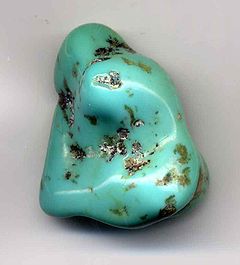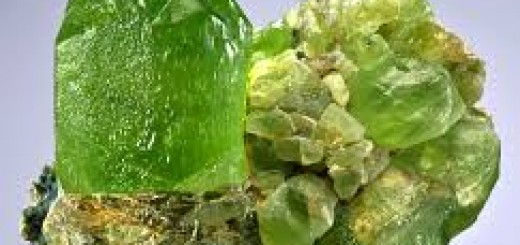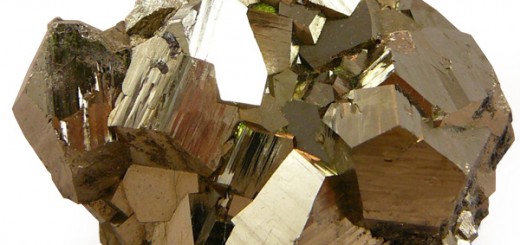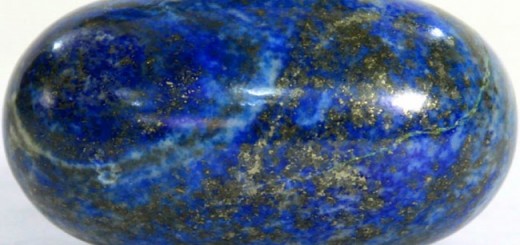Turquoise
 (From Wikipedia, the free encyclopedia)
(From Wikipedia, the free encyclopedia)
What is Turquoise
Turquoise is an opaque, blue-to-green mineral that is a hydrous phosphate of copper and aluminium, with the chemical formula CuAl6(PO4)4(OH)8·4H2O. It is rare and valuable in finer grades and has been prized as a gem and ornamental stone for thousands of years owing to its unique hue. In recent times, turquoise, like most other opaque gems, has been devalued by the introduction of treatments, imitations, and synthetics onto the market.
The substance has been known by many names, but the word turquoise, which dates to the 16th century, is derived from an Old French word for “Turkish”, because the mineral was first brought to Europe from Turkey, from the mines in historical Khorasan Province of Persia
History
The Aztecs inlaid turquoise, together with gold, quartz, malachite, jet, jade, coral, and shells, into provocative (and presumably ceremonial) mosaic objects such as masks (some with a human skull as their base), knives, and shields. Natural resins, bitumen and wax were used to bond the turquoise to the objects’ base material; this was usually wood, but bone and shell were also used. Like the Aztecs, the Pueblo, Navajo and Apache tribes cherished turquoise for its amuletic use; the latter tribe believe the stone to afford the archer dead aim. Among these peoples turquoise was used in mosaic inlay, in sculptural works, and was fashioned into toroidal beads and freeform pendants.
The Egyptian use of turquoise stretches back as far as the First Dynasty and possibly earlier; however, probably the most well-known pieces incorporating the gem are those recovered from Tutankhamun’s tomb, most notably the Pharaoh’s iconic burial mask which was liberally inlaid with the stone. It also adorned rings and great sweeping necklaces called pectorals. Set in gold, the gem was fashioned into beads, used as inlay, and often carved in a scarab motif, accompanied by carnelian, lapis lazuli, and in later pieces, coloured glass. Turquoise, associated with the goddess Hathor, was so liked by the Ancient Egyptians that it became (arguably) the first gemstone to be imitated, the fair structure created by an artificial glazed ceramic product known as faience.
Metaphysical properties
Communication, Release, Healing
A gift from the Earth, this particular stone brings together the blue of Father sky with the subtle browns and greens of the earth melding together the energies of the heavens with the consciousness of Mother Earth. It strengthens and aligns all chakras, meridians and subtle bodies. Increases serenity, protection, meditation energies, balance, honesty and love. A wonderful healing stone, fosters empathy, positive thinking and sensitivity. source – Love is in the Earth – A Kaleidoscope of Crystals by Melody
Healing with Turquoise crystals
Turquoise is one of the oldest protection amulets, and was also known as a symbol of wealth in many ancient cultures.
Strength, protection from harm, psychic sensitivity and connection to the spirit world.
If given a turquoise by a loving friend, that stone would protect the wearer from negative energy and bring good fortune. The turquoise is the symbol of friendship. It also brings peace to the home.
This stone is a very personal and meaningful stone to one who wears it. Turquoise takes on the characteristics of the owner.
Turquoise carries great wisdom of basic truth within it. It is one of the oldest stones known. This is a stone that a person must learn to attune to instead of the stone attuning to the person. It is important that the owner of a Turquoise give it the proper attention. – source www.crystal-cure.com
Turquoise Links
Turquoise Jewellery and Gemstone
International coloured gemstone association



